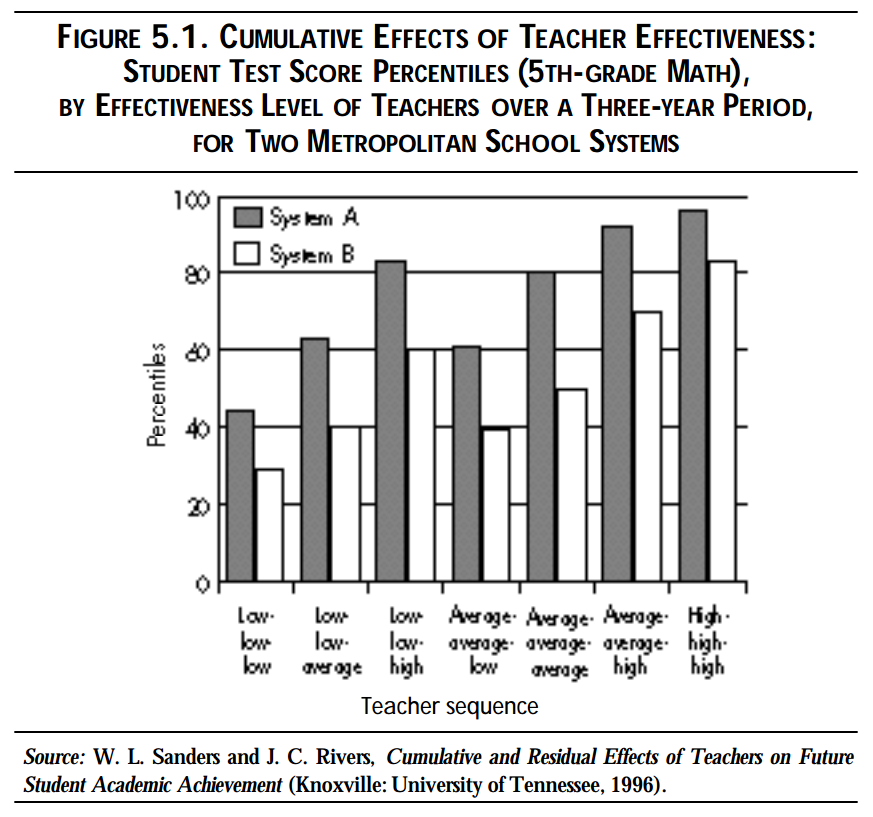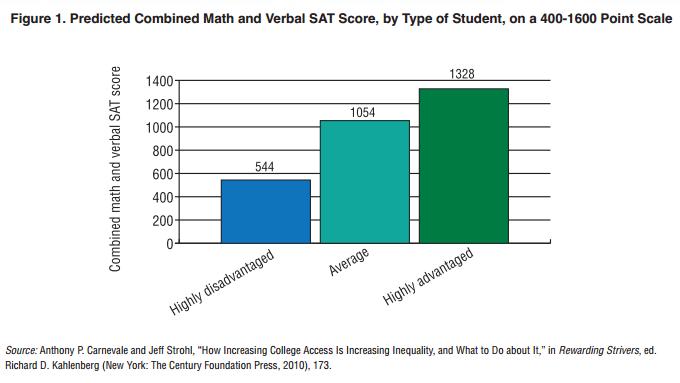3-Day School Week for Philippine Public Schools

Troy Zarate de Leon captures a remarkable inconsistency between two news articles concerning Philippine basic education. On one hand, the Philippines has a president recently boasting to the international community that there are no more shortages in public school education. Here is the famous quote: "...Since taking office, our administration has cleared the accumulated backlog in classrooms, books, and chairs, which means that our students can go to school with the minimum expectation that they will have everything they need to succeed....". But reality on the ground is clear: There is at least one high school where there are more than 12,000 pupils assigned to less than 100 classrooms. The situation remains dire that the Department of Education is planning a 3-day school week to address the shortage in schools within Metro Manila. Above captured from Tory Zarate de Leon Facebook page The above is simply a specific instance of the inconsistency of the Philippine gove...















